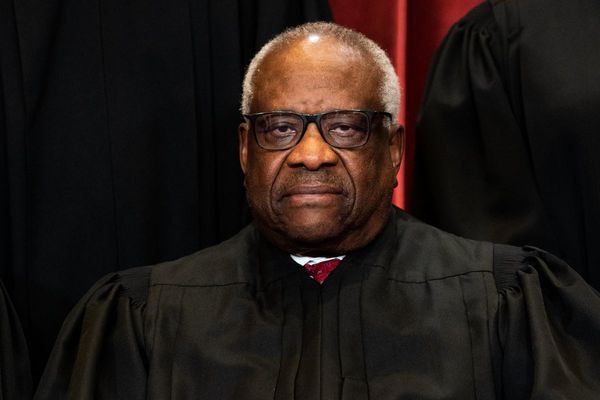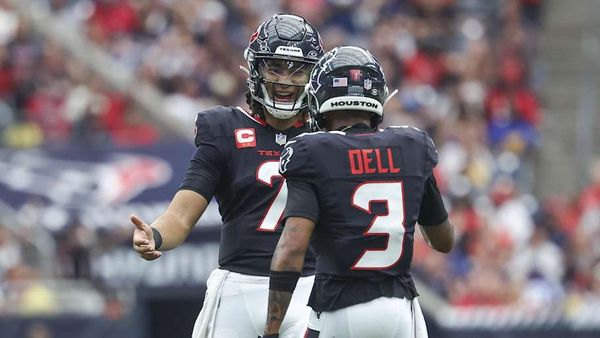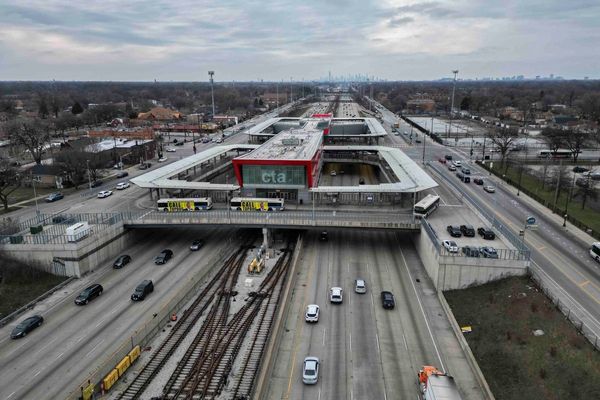
He has been very quiet in recent weeks.
Michael Burry, the legendary investor hasn't tweeted for a while.
Burry, who became famous for betting on the subprime-mortgage meltdown that sparked the financial crisis of 2008, has just filed, as he does at the end of each quarter, documents with the U.S. Securities and Exchange Commission on the state of his stock portfolio.
These documents show that the famous hedge-fund manager was very active in the first quarter. His portfolio includes 21 companies compared with only nine in the fourth quarter of 2022.
Burry thus acquired shares of 12 additional companies, and what stands out is that seven of the 12 are banks. In total, the banking sector now constitutes a third of his portfolio.
Except for Capital One (COF) and juggernaut Wells Fargo (WFC), Burry has bet mainly on regional banks.
As of March 31, he owned shares of First Republic Bank (FRC), Huntington Bancshares (HBAN), New York Community Bancorp (NYCB), PacWest Bancorp (PACW) and Western Alliance (WALPL) .
Burry Is Not Worried About Banks
These investments in banks, at a time when the banking sector is shaken by the most serious crisis of confidence since the 2008 crisis that made Burry famous, is not, strictly speaking, a surprise.
In mid-March, after warning that another major bank was going to collapse, Burry changed his mind. The founder of Scion Asset Management said that the current crisis did not present any real danger and could be resolved very quickly.
"This crisis could resolve very quickly," the investor posted on Twitter on March 14. "I am not seeing true danger here."
He also said: "In October 1907, Knickerbocker Trust failed due to risky bets, sparking a panic. Two others soon failed, and it spread. When a run began on a healthy Trust, J.P. Morgan made a stand. 3 weeks later the Panic resolved & markets bottomed."
The legendary investor then concluded that the regulators today are the J.P. Morgan of the time.
"A stand was made this past weekend," he said, referring to the emergency plan unveiled on March 12 by the Treasury Department, the Federal Reserve and the Federal Deposit Insurance Corp. after they closed Silicon Valley Bank on March 10 and Signature Bank in New York two days later.
The banking crisis of 1907 that Burry evoked ended with the creation of the Fed, as a lender of last resort. The triggering event of that crisis was the decision of Knickerbocker Trust Co. -- which specialized in long-term management of the assets of individuals and companies -- not to honor its obligations.
Numerous withdrawals of funds from banks led to a drop in the stock market.
Bets on the Banks -- Unrealized Losses?
Then, the domino effect was unstoppable as the smaller banks in New York had placed their reserves in other banks. The panic spread. A rescue plan, implemented using the equity of J.P. Morgan, made it possible to restore confidence in the financial system.
The current banking crisis was caused by a bank run that started at Silicon Valley Bank. SVB played a central role in the economy and startups. The bank had to close due to a bank run caused by its announcement that it would raise $2.25 billion. That capital raise was targeted to cover a $1.8 billion loss related to the sale of bonds and other securities in its portfolio.
Since then, investors' fears of contagion have spread throughout the banking sector.
Consistent with his bullish statements on the banking sector, Burry bet on the banks, anticipating that their stocks will rebound after the panic subsides.
He held 850,000 shares of New York Community Bank valued at $7.68 million as of March 31, and 184,900 shares of Huntington Bancshares, valued at $2.07 million.
He also acquired 250,000 PacWest shares, valued at $2.4 million, and 150,000 First Republic Bank shares, valued at $2.1 million, over the same period.
In addition, the famed investor bought 125,000 shares of Western Alliance Bancorp, valued at $4.44 million as of March 31. Finally, he bought 125,000 Wells Fargo shares, valued at $4.67 million and 75,000 Capital One shares, valued at $7.2 million.
Whether Burry still holds those shares is unclear; he may indeed have sold them since March 31. But if he has not, the financier is sitting on unrealized losses. First Republic Bank, for example, failed and was sold to JPMorgan Chase on May 1, wiping out most shareholder value.
Since March 31 PacWest stock prices are down 45%, Western Alliance shares have dropped 12.3%, and Huntington shares are off 14.7%. Capital One's share price has fallen by 6.7%.
Only New York Community Bancorp and Wells Fargo stock prices are up, 23% and 4.5% respectively, since March 31.
His declaration to the regulator in August will be interesting and closely watched, to see whether he has maintained his bet on the banks.
Stock-market regulations require managers of funds with more than $100 million in U.S. equities to file a document, known as a 13F, within 45 days of the end of the quarter, to disclose their holdings in stocks that trade on U.S. exchanges.







